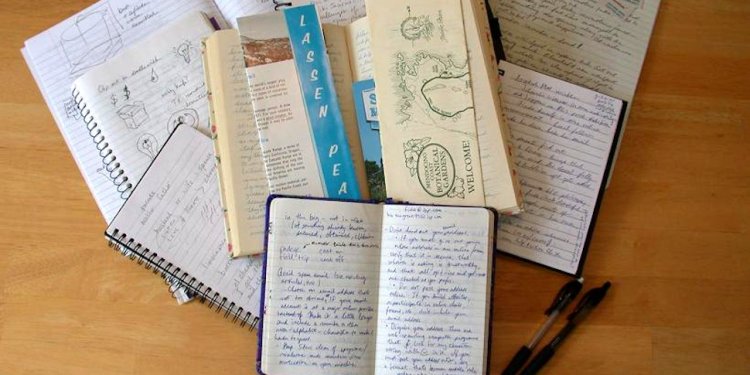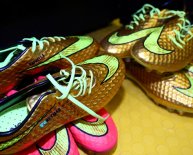
Best writing paper
 Selecting a paper for your water fountain pen is a lot like combining a superb wine with cheese—different combinations draw out the subtleties and unique flavors of both. Just as, finding a great report enables you to realize the full potential of the water feature pen-and-ink, incorporating another dimension to the pen and report. There are many things to consider when selecting the greatest paper befitting your water feature pen. We explore those factors below, but skip to get rid of in the event that you would like to see our old suggestions that really work really with many water feature pens!
Selecting a paper for your water fountain pen is a lot like combining a superb wine with cheese—different combinations draw out the subtleties and unique flavors of both. Just as, finding a great report enables you to realize the full potential of the water feature pen-and-ink, incorporating another dimension to the pen and report. There are many things to consider when selecting the greatest paper befitting your water feature pen. We explore those factors below, but skip to get rid of in the event that you would like to see our old suggestions that really work really with many water feature pens!
Considerations
Paper Colors
a sharp, clean white is the standard for many water fountain pen paper, but smooth, cream-colored report is also readily available as an option that is much easier from the eyes. The brightness of white report can vary across various producers. For inks to demonstrate their true shade, a bright white paper is the better choice. If white and lotion cannot talk to you, Midori makes a variety of colorful notebooks with matching coloured report being fountain-pen-friendly!
If white and lotion cannot talk to you, Midori makes a variety of colorful notebooks with matching coloured report being fountain-pen-friendly!
Feathering
The feared effectation of feathering takes place when the ink develops through a paper's materials, leading to an unattractive, web-like mess. Inferior report is much more prone to feathering while higher quality paper is created specifically to resist the spreading of ink along its fibers. Apart from the report it self, nib dimensions therefore the nature associated with the ink also be the cause when you look at the level of feathering.
 Bleed-Through and Show-Through
Bleed-Through and Show-Through
Bleed-through occurs when a paper is simply too slim or also absorbent, or when a water fountain pen is specially inky and wet. The fiber on water fountain pen paper is particularly woven to stop bleed-through, however you may however see traces of that which you've written through opposite side for the report, referred to as show-through. Show-through amount relies on the opacity of the paper, mostly suffering from its thickness. A thicker paper will naturally have less show-through.
Dry Time
Provided a specific ink formulation, the dry time differs by a paper's absorbency—the higher the absorbency, the shorter the dried out time. However, a paper's absorbency is inversely correlated along with it's smoothness; this means that a paper this is certainly much more absorbent will tend to also be rougher to publish on. used, you will have to choose a balance between a quick dried out time and writing smoothness.
used, you will have to choose a balance between a quick dried out time and writing smoothness.
Piece Design
Like regular report, fountain pen report is available in a selection of sheet designs, from lined to blank to grid. A well known option is Rhodia's dot grid ruling where light-gray dots are organized in a grid structure, supplying a fantastic guide for writing without being invasive. For people who choose blank sheets, some manufacturers should include a template that one can layer behind the paper that will help you maintain your writing directly. To read through more info on sheet styles, see our Paper Notebooks Explained article.
Smoothness
To fully benefit from a water feature pen's smooth-flowing ink, an equally smooth paper is a must. Often, the coating on the report affects its smoothness level. A completely covered paper is slippery, which makes it difficult for the ink to soak up and dried out. But an uncoated paper is frequently toothy, which will be problematic for water feature pen nibs to glide across. We recommend a half covered report for a smooth composing knowledge and reasonable dry time.



















